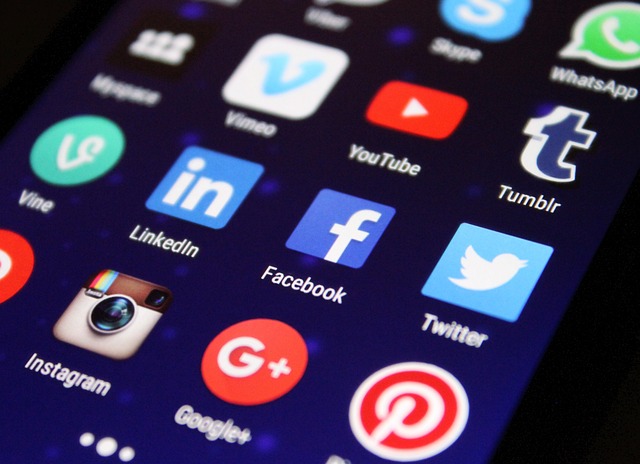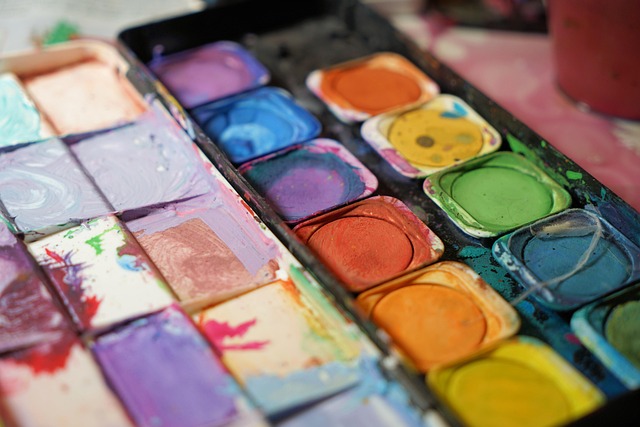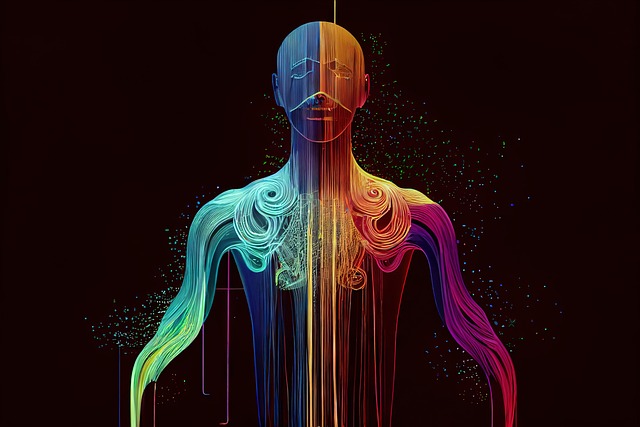The Unique Fusion of Art and Design
In today’s fast-paced world, the boundaries between art and design have begun to blur, giving rise to innovative creations that not only capture the eye but also resonate deeply with societal issues. One of the most profound expressions of this fusion is seen in social art, a movement that seeks to provoke thought, inspire change, and amplify voices through visual communications. Artists and designers alike are increasingly using their skills to address pressing social issues, creating powerful narratives that ripple through communities.
The Power of Visual Storytelling
Art has always been a vital medium for storytelling. It allows creators to express their personal experiences, cultural backgrounds, and social realities. When combined with design principles, this storytelling becomes more impactful, as it translates complex themes into accessible graphics. Whether through infographics that lay bare systemic injustices or engaging posters that rally for social movements, social art transcends mere decoration; it becomes a vehicle for dialogue and awareness.
Bridging the Gap Between Aesthetics and Awareness
Effective design not only attracts attention but also communicates a message. The marriage of art and design in social art creates a platform for addressing issues like climate change, inequality, and mental health through striking visuals. For instance, a well-designed campaign poster can encapsulate a community’s struggle in a single image, evoking empathy and prompting action. By strategically utilizing colors, typography, and imagery, designers can create artworks that go beyond their aesthetic value to become catalysts for social change.
Collaborative Approaches to Social Art in Graphics
Collaboration is often at the heart of social art projects. Artists and designers frequently team up with activists, community leaders, and organizations to harness their collective expertise. This collaborative approach ensures that the resulting graphics not only reflect artistic visions but also genuinely represent the voices of those affected by the issues at hand. From murals in urban neighborhoods to digital campaigns shared on social media, these joint efforts can transform spaces and minds alike, creating a sense of shared purpose and community involvement.
The Role of Digital Media
As technology evolves, so does the medium through which art and design are expressed. Social media platforms have become instrumental in amplifying the reach of social art. Artists can now share their work with a global audience, sparking conversations and mobilizing movements at an unprecedented scale. This democratization of art allows more individuals to engage with and contribute to the discourse surrounding important societal issues, breaking down barriers that once limited participation in traditional art spaces.
The Emotional Impact of Social Art
At its core, social art is about evoking emotion. It challenges viewers to confront uncomfortable truths and inspires them to take action. The use of poignant imagery and thought-provoking design prompts reflection on personal beliefs and societal norms. In a world saturated with information, the emotional resonance of social art stands out, creating connections that can lead to meaningful discourse and change.
In exploring the intersection of art and design, we can see the profound impact of social art on our communities. It encourages us to consider the roles we play in addressing social issues and highlights the importance of creativity as a tool for activism and change. As we continue to engage with and support social art in graphics, we foster a culture of empathy, understanding, and collaboration, paving the way for a brighter, more inclusive future.




